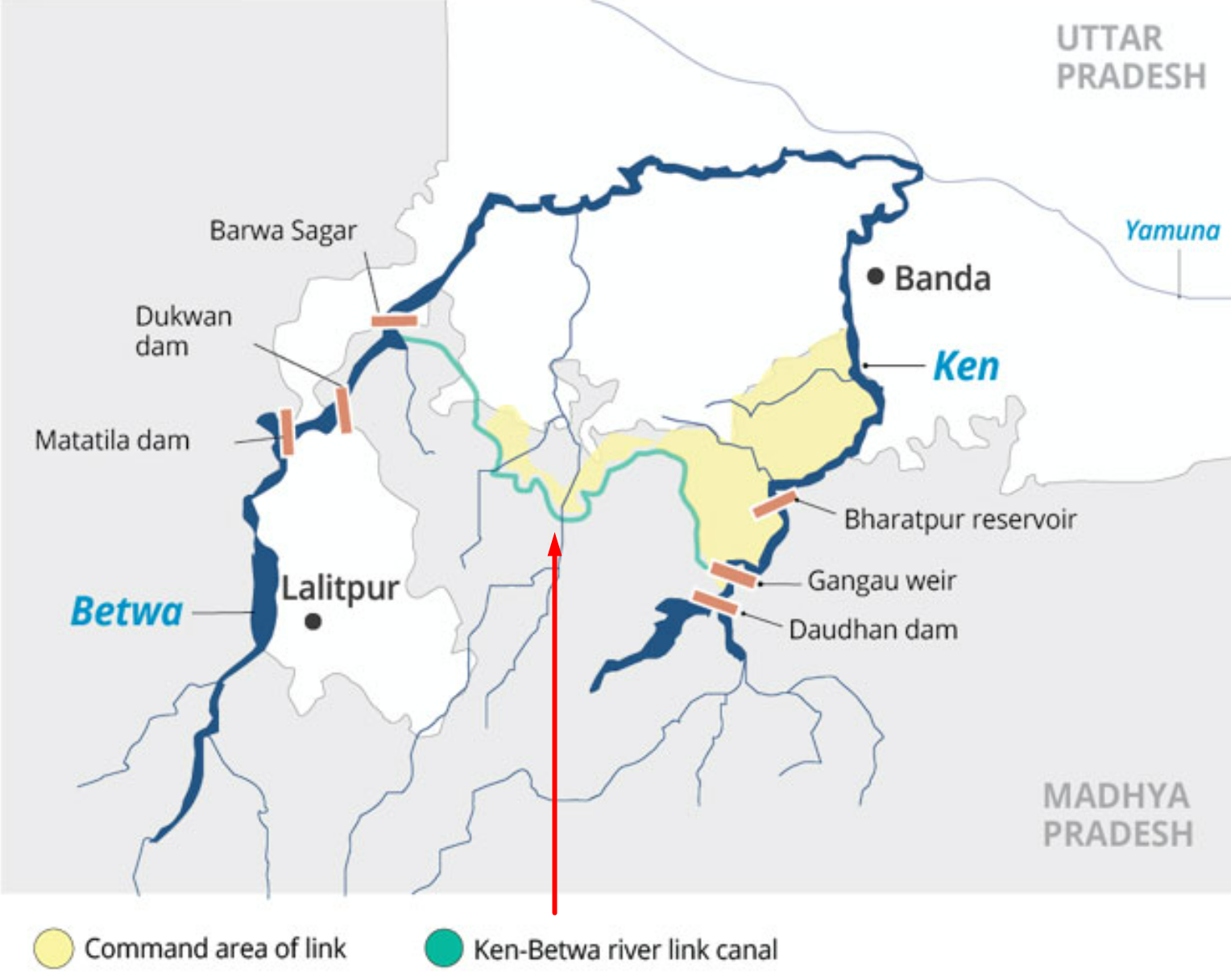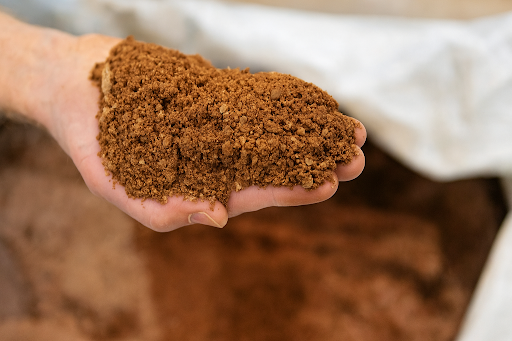Description

Disclaimer: Copyright infringement not intended.
Context
Rajasthan and Madhya Pradesh signed a Memorandum of Understanding (MoU) with the Union Ministry of Jal Shakti recently to implement the Modified Parbati-Kalisindh-Chambal-ERCP (Modified PKC-ERCP) Link Project.
Details
Modified PKC-ERCP
- The Modified PKC-ERCP is an inter-state river linking project.
- According to the ministry, preparations for a Detailed Project Report (DPR) on this are on.
- Based on the outcome of the DPR, a Memorandum of Agreement (MoA) will be finalised among Rajasthan, Madhya Pradesh, and the Centre, covering the sharing of water, exchange of water, sharing of costs and benefits, implementation mechanisms, arrangements for management and control of water in the Chambal basin, etc.
PKC link project
- The Parbati-Kalisindh-Chambal (PKC) link project is one of the 30 links included in the National Perspectives Plan formulated by the erstwhile Union Ministry of Irrigation (now Ministry of Water Resources) and the Central Water Commission in the year 1980.
- As per the National Water Development Agency (NWDA), the preliminary feasibility report of the Kalisindh-Chambal link canal project was prepared and circulated to the states concerned in September 1991.
- The report proposed diversion of water from river Newaj (a tributary of Kalisindh) and Kalisindh to the river Chambal at either the Rana Pratap Sagar dam or the Gandhi Sagar dam.
- Rajasthan came up with the proposal of the ERCP in 2019, and to utilise water resources optimally, the Task Force for Interlinking of Rivers (TFILR) discussed its merger with the PKC link project. This integration was approved by the Special Committee for Interlinking of Rivers in December 2022.
ERCP
- The Eastern Rajasthan Canal Project (ERCP) is aimed at intra-basin transfer of water within the Chambal basin, by utilising surplus monsoon water available in Kalisindh, Parvati, Mej and Chakan subbasins and diverting it into water deficit sub-basins of Banas, Gambhiri, Banganga and Parbati.
- This will provide drinking and industrial water to 13 districts of eastern Rajasthan, namely Alwar, Bharatpur, Dholpur, Karauli, Sawai-Madhopur, Dausa, Jaipur, Ajmer, Tonk, Bundi, Kota, Baran, and Jhalawar.

Benefits of the modified project
- The link project proposes to provide drinking and industrial water in 13 districts of eastern Rajasthan, and Malwa and Chambal regions of Madhya Pradesh, apart from providing irrigation in 2.8 lakh ha. area (or more) each in both the states (total of 5.6 lakh ha or more).
Need of MoU
- The Rajasthan government submitted the Detailed Project Report (DPR) of the ERCP with an estimated cost of Rs 37,247.12 crore (at 2014 price level) in November 2017 for techno-economic appraisal.
- As per the prevailing norms, projects on inter-state rivers are required to be planned for 75% dependable yield (the dependable yield means maintainability of water supply from the source).
- However, this project was planned on 50% dependable yield. Apart from being against prevailing norms, this was also unacceptable to Madhya Pradesh, which is a co-basin state.
- The Central Water Commission, in various meetings, requested Rajasthan to revise the project planning at 75% dependability. However, the revised DPR was not submitted.
- Meanwhile, the Task force on Interlinking of Rivers in November 2019 decided to explore the integration of the ERCP with the PKC Link Canal Project. The issue was deliberated by both states to arrive at a consensus.
- Based on these deliberations, a proposal of the Modified PKC link, incorporating the components as proposed by the Government of MP in Kuno, Parbati and Kalisindh sub-basins along with components of ERCP corresponding to divertible water available at 75 per cent dependability has been framed.
|
PRACTICE QUESTION
Interlinking of rivers has its pros and cons, but given the economic, political, and environmental implications, it may not be a wise decision to carry out this project at a centralized national level. Discuss 250 words
|












